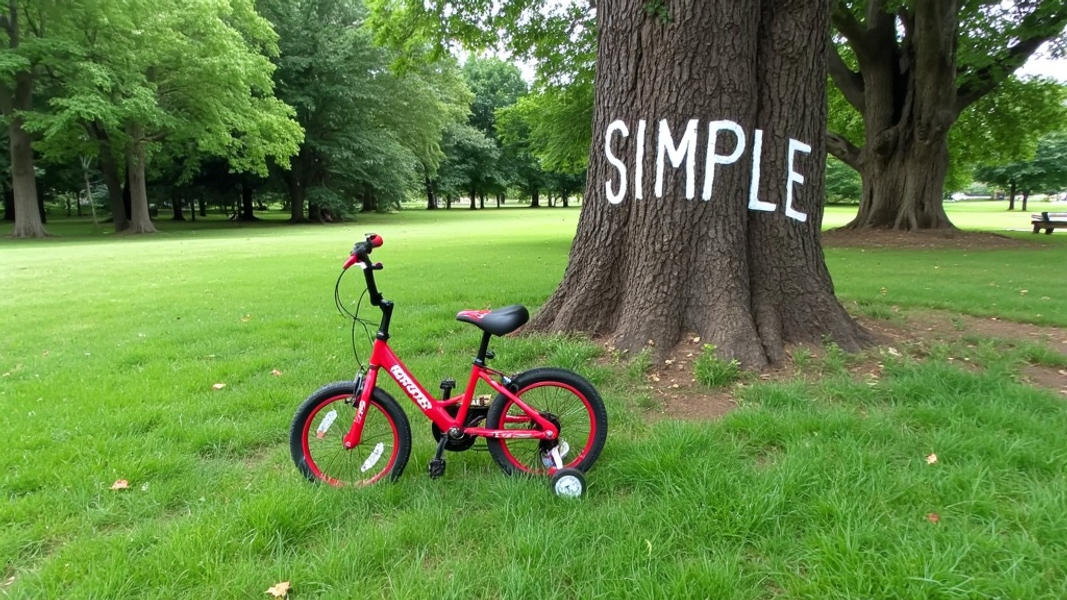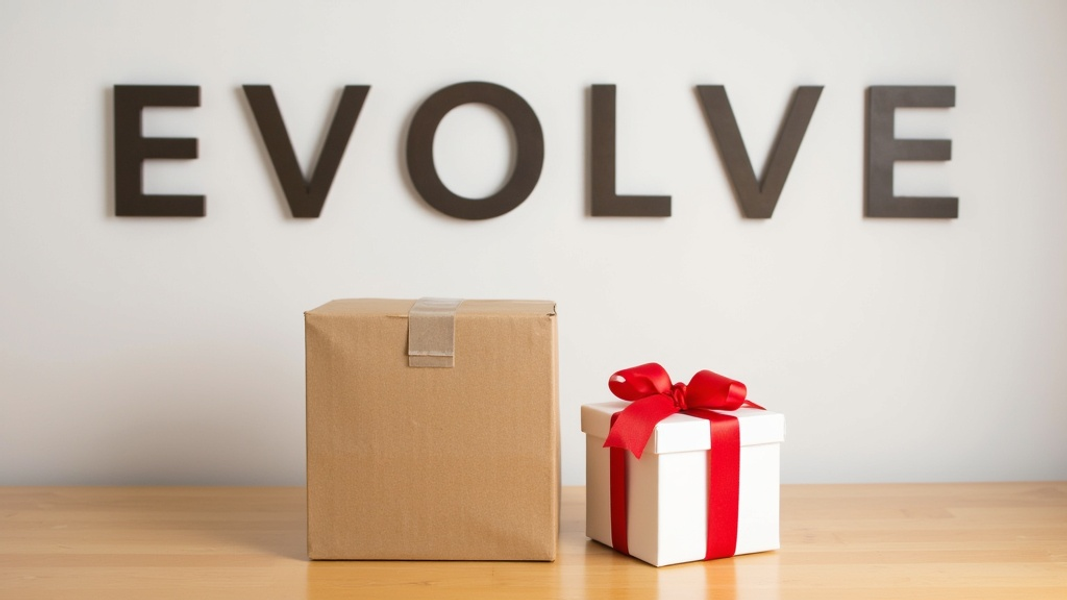
Have you ever wondered if your product idea could succeed without spending a fortune on development? Enter the MVP - a game-changer in the world of product development and business strategy. This article will explain what an MVP is, why it's crucial for both startups and established companies, and how to create one effectively.
Understanding MVPs
Definition and Core Concept
MVP stands for Minimum Viable Product. It's a basic version of a product with just enough features to satisfy early customers and provide feedback for future development. The main goal of an MVP is to test a product hypothesis with minimal resources, gathering the maximum amount of validated learning about customers with the least effort.
Think of an MVP as a bicycle with training wheels. It's not the final product, but it's enough to get you moving and learning how to balance. As you gain confidence and skill, you can remove the training wheels and add more features.
Key Characteristics of an MVP
An effective MVP has three main characteristics:
- It offers enough value that people are willing to use or buy it initially.
- It demonstrates enough future benefit to retain early adopters.
- It provides a feedback loop to guide future development.
The key is to find the right balance between these elements. Too little functionality, and users won't see the value. Too much, and you've wasted resources on features that might not be necessary.
MVP vs. Prototype vs. Proof of Concept
It's easy to confuse MVPs with other early-stage product concepts. Let's clear up the differences:
- MVP: A basic version of the product that can be released to customers.
- Prototype: A working model of the product used for internal testing and refinement.
- Proof of Concept: A small project to test if an idea is feasible.
While all three are important in product development, an MVP is unique because it's actually released to customers, even if on a small scale.
The Importance of MVPs
Validate Ideas Quickly and Cost-Effectively
Building an MVP allows you to test your product idea in the real world without investing too much time or money. It's like dipping your toe in the water before diving in. This approach can save you from spending resources on a product that might not have market demand.
Gain Early User Feedback
By releasing an MVP, you get real feedback from actual users. This information is gold for product development. It helps you understand what features users really want and what they can live without. This feedback loop is crucial for creating a product that truly meets customer needs.
Attract Investors and Stakeholders
An MVP can be a powerful tool for attracting investors. It shows that you've moved beyond just an idea and have something tangible to show. Investors are more likely to back a project that has some proof of concept and early user adoption.
Types of MVPs
1. Low-Fidelity MVPs
Low-fidelity MVPs are quick and simple versions of your product idea. They might not look polished, but they serve the purpose of testing core assumptions. Examples include:
- Landing pages
- Explainer videos
- Wireframes or mockups
These types of MVPs are great for gauging initial interest in your product concept.
2. High-Fidelity MVPs
High-fidelity MVPs are more developed and closer to what the final product might look like. They often include basic functionality and a more polished user interface. Examples include:
- Basic working apps
- Limited feature web platforms
- 'Wizard of Oz' MVPs (where human actions simulate automated processes)
These MVPs provide a more realistic user experience and can generate more detailed feedback.
3. Single-Feature MVPs
Sometimes, the best approach is to focus on one core feature of your product. This type of MVP helps you perfect the most important aspect of your offering before expanding. Dropbox famously used this approach, starting with just file synchronization before adding other features.
Benefits of Building an MVP
Reduce Time to Market
One of the biggest advantages of an MVP is that it gets your product to market faster. Instead of spending months or years developing a full-featured product, you can launch a basic version in a fraction of the time. This speed can be a huge competitive advantage, especially in fast-moving industries.
Minimize Development Costs
By focusing on core features, you avoid the cost of developing unnecessary bells and whistles. This lean approach not only saves money but also helps you allocate resources more efficiently. You can invest in expanding features once you know they're actually wanted by your users.
Focus on Core Functionality
An MVP forces you to identify and prioritize the most important features of your product. This focus can lead to a better overall product in the long run. It's easy to get carried away with cool features, but an MVP keeps you grounded in what's truly essential for your users.

How to Build an MVP
Creating an MVP is a structured process that requires careful planning and execution. Here's a step-by-step guide to help you build your MVP:
1. Identify the Problem and Solution
Start by clearly defining the problem you're trying to solve. What pain point are you addressing for your target market? Your MVP should offer a clear solution to this problem. Be specific and avoid trying to solve too many problems at once.
2. Define Your Target Audience
Who are your potential customers? Create detailed user personas to understand their needs, preferences, and behaviors. This knowledge will guide your MVP development and help you tailor your solution to your audience.
3. List Core Features
Based on the problem and your target audience, list the essential features your MVP needs. Be ruthless in prioritizing - include only what's absolutely necessary to solve the core problem. Remember, you can always add more features later.
4. Create a Prototype
Before diving into development, create a prototype. This can be as simple as paper sketches or as complex as an interactive digital mockup. The goal is to visualize your MVP and get early feedback on its design and functionality.
5. Develop the MVP
Now it's time to build your MVP. Focus on creating a functional product that delivers the core value proposition. Don't get bogged down in perfecting every detail - remember, it's about getting something usable out quickly.
6. Launch and Gather Feedback
Release your MVP to a small group of early users. Collect as much feedback as possible through surveys, user interviews, and analytics. This information will be crucial for refining your product.
Common MVP Mistakes to Avoid
Adding Too Many Features
It's tempting to include every feature you can think of, but this defeats the purpose of an MVP. Stick to the essentials and resist the urge to over-complicate your product.
Ignoring User Feedback
The whole point of an MVP is to learn from your users. If you're not listening to their feedback and adapting accordingly, you're missing out on valuable insights that could make or break your product.
Perfectionism
Your MVP doesn't need to be perfect. In fact, it shouldn't be. The goal is to create something good enough to test your core assumptions. Don't let the pursuit of perfection delay your launch.
Case Studies
Airbnb
Airbnb started with a simple MVP: a basic website where the founders offered air mattresses in their San Francisco apartment during a busy conference week. This simple idea allowed them to test the concept of home-sharing before building a full-fledged platform.
Dropbox
Instead of building a complex file-sharing system right away, Dropbox's MVP was a simple explainer video demonstrating how the product would work. This video generated huge interest and sign-ups, validating the idea before significant development began.
Zappos
Zappos, now a major online shoe retailer, started with a basic MVP. The founder took photos of shoes from local stores and posted them online. When an order came in, he would buy the shoes from the store and ship them out. This approach allowed him to test the market for online shoe sales without investing in inventory.

Conclusion
MVPs are a powerful tool in the world of product development. They allow you to test your ideas quickly, gather valuable user feedback, and iterate on your product without wasting resources. By focusing on core functionality and embracing a learn-as-you-go approach, you can create products that truly resonate with your target audience.
Remember, an MVP is just the beginning. It's a stepping stone to a fully-realized product that meets user needs and solves real problems. So don't be afraid to start small, learn fast, and grow your product based on real-world feedback.
FAQ
What if my MVP fails?
If your MVP fails, it's not necessarily a bad thing. It means you've learned valuable information about what doesn't work, saving you from investing more time and resources into a flawed concept. Use this as an opportunity to pivot and try a different approach.
How long should it take to develop an MVP?
The development time for an MVP can vary widely depending on the complexity of your product. However, the goal is to move quickly. Aim for weeks rather than months. If your MVP is taking too long to develop, you might be including too many features.
Can established companies benefit from MVPs?
Absolutely! MVPs aren't just for startups. Established companies can use MVPs to test new product lines, features, or markets without risking their core business. It's a great way for larger organizations to stay agile and innovative.
How do I know when to move beyond the MVP stage?
When you've validated your core assumptions, have a steady user base, and are receiving consistent feedback for improvements or new features, it's time to start thinking about moving beyond the MVP stage. However, keep the MVP mindset of continuous learning and iteration as you grow.
Should I charge for my MVP?
Charging for your MVP can be a great way to validate if people are willing to pay for your solution. However, it depends on your specific situation. Sometimes, offering the MVP for free can help you gather more users and feedback quickly. Consider your goals and target market when making this decision.
